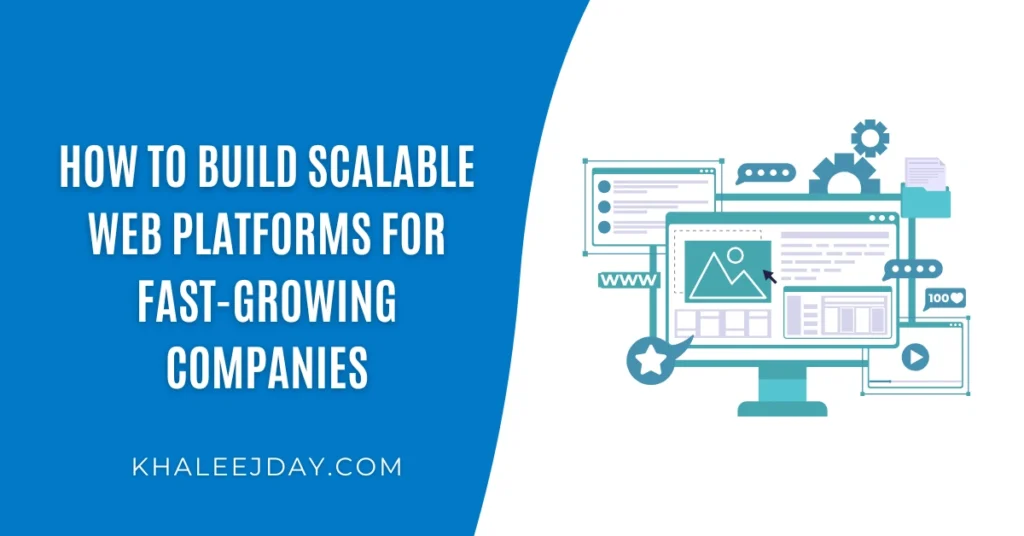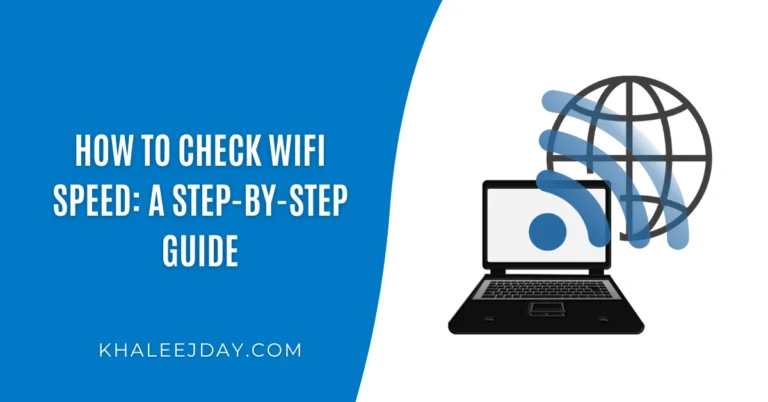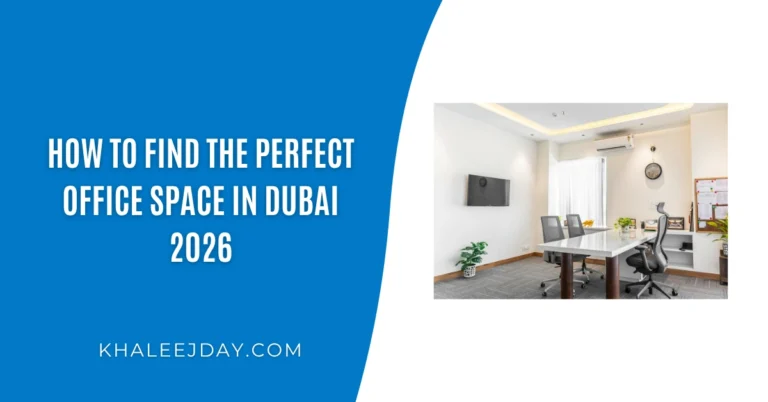How to Build Scalable Web Platforms for Fast-Growing Companies
Organizations built on strong foundations thrive more. So should your website. For instance, if your business is expanding, the daily traffic is increasing rapidly and content needs are increasing. Is your website capable enough to cater all the traffic needs as it scales without having an impact on performance?
This is why big companies consider scalability as an essential metric while building websites. But what does scalability mean and how is it important for business growth?
In this guide I will discuss how fast growing companies fulfill their scalability needs and make their platform growing and expanding without getting crashed. Whether you are working with a website design agency in Dubai or building a scalable web platform with your in-house developer team, focusing on these scalability essential components will help you meet growth projections on the website.

What is Scalability? And why is it Necessary?
Website scalability is the website capability to expand without compromising on performance, speed and user experience.
Scalable websites are crucial for businesses expecting significant traffic spikes in their online presence. As the business grows, the sustainable and scale website plays an important role to efficiently manage the increase in website visitors daily and the data processing of those visitors.
Start With the Right Architecture
Website architecture should be mapped while keeping scalability in mind. A strategically designed website structure makes it easy to add new features, content and functionality without compromising the user experience as the audience grows over time.
According to one study, 61% of users bounce back if they can’t locate what they want in just 5 seconds and 57% users do not recommend an unorganized site. So it is important when working with a web design agency to ensure that scalability is a core of their web development strategy.
Scalability is not just limited to the front end but it is also about growing your backend features. Some key features to follow are; the use of modular codes divide the website into reusable and independent sections which allow easier updates and scalability. The next is to decouple the front-end, back-end and database layer for smooth and flexible changes. Finally the use of cloud-native infrastructure platforms like AWS, or Google Cloud offer scalability, and performance.
Choose Scalable Tech Stacks
The choice of tech stacks can significantly impact your web scalability in the longer run. Monolithic and composable approaches are commonly used practices. The monolithic approach seems simpler to code at the initial stage but it is complex to manage at the later stages as the platform grows. A simple change can affect the whole program, involves a major risk and consumes a lot of time.
On the other hand, the composable approach breaks your application into smaller and independent parts. The updates and the adding of new sections will not have an impact on the entire system. With the increase in business, this approach is more sustainable because it is easy to adapt and offers cost effective scalability.
So, for fast growing companies composable architecture will ensure a strong foundation for long term growth and innovation.
Scalable Hosting Solutions
Choosing a hosting category is a crucial step in building a scalable web application. Conventional hosting may be a good option for a website with a limited daily visit, but as the business boom and the daily user count increases, only a hosting which is flexible and meets the constant traffic demand can save your business.
Cloud-based hosting platforms like AWS, Google Cloud and Microsoft Azure offer good scalable opportunities for business. These platforms can handle automatic scaling, load balancing and resource allocation when in demand, which make sure that your website performs at optimum without getting crashed and slowed down during peak hours when the demand is high.
With scalable hosting, you can minimize the downtime, boost performance and reduce the need of hectic manual server management, making your business more efficient. So opting the right hosting plan can help you build a scalable platform and save your money, time and minimize the stress.
Plan for Mobile-First Experience
For a scalable website, mobile first experience is a necessity as around 70% internet users are from mobile devices. You need to make your platform accessible and incredibly fast on all the devices from smartphones to tablets, making sure users enjoy a good experience.
Implementing responsive design include optimized navigation, readable fonts on different screens, touch friendly buttons and functionalities. So if you are working independently or outsourcing from a web design agency, have a discussion regarding the mobile first approach strategy. This will benefit you in the longer run from the scalability point.
Integrate Scalable CMS and APIs
The scalable Content Management System (CMS) ensures easy content management, resource allocation and built- in features like caching that enables smooth performance.
Choose from the modern and scalable options like headless CMS. Two such examples are Contentful and Strapi, which segregate the content layer from the presentation layer. Another feature to look for in CMS is API support feature, which allows for smooth integration with third party sites and role based permissions for collaboration. API assisted CMS allows non technical teams to update content changes without the need of development skills, providing a scalable and efficient solution for content campaigns.
For your next project if you are investing in web development services in Dubai, make sure the CMS they implement must be enough to handle content, traffic and resource demands efficiently.
Automate Workflows and Testing
When your website starts growing, doing everything by hand just doesn’t work anymore. Pushing updates manually, checking for bugs one by one, or trying to keep track of performance with spreadsheets—it’s all too slow and risky. That’s where automation helps a lot. Think about using tools like GitHub Actions or Bitbucket Pipelines. They handle code deployments for you, so things go live faster and more reliably.
Testing is another big one. Tools like Cypress or Jest catch problems before users ever notice them. And don’t forget about keeping an eye on performance—Sentry, Datadog, and New Relic are great for that. When all this runs in the background, your team doesn’t get stuck fixing small stuff all the time. You can focus on bigger ideas, build features faster, and trust that your site can handle more users without falling apart.
Final Thoughts
Building a scalable platform is a continuous effort in selecting the right options. When platforms build on the right foundations they become easy to manage, budget friendly, and capable enough to hold scalability needs. Scalability is not just about handling traffic needs but building a platform that adapts and responds quickly with quick performance to the user needs. Choosing the right tech stacks and site architecture, strategizing for mobile responsiveness, and integrating suitable CMS, all ensure a successful scalable platform.
By implementing these essential points, you can develop scalable platforms with your team. But if you are seeking expert support, trusted agencies like DigiralsetGo are making an immense impact. Being known as the best web design company in Dubai, they build websites with innovation, strategy and scalability in mind.






